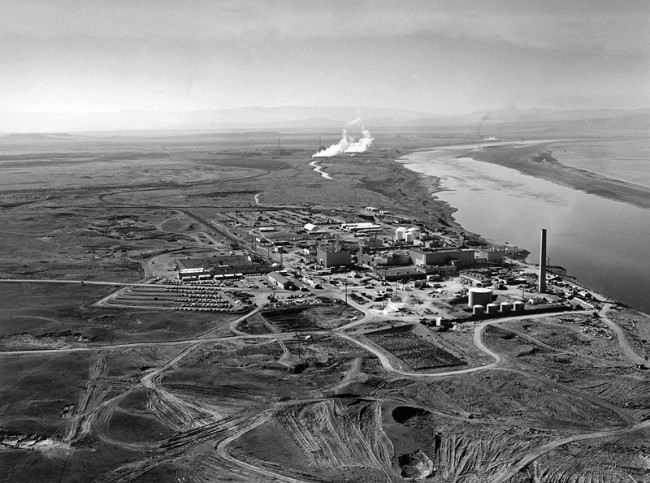The University of Washington School of Public Health is hosting two opportunities for high school and college students and teachers to learn about the history and legacy of nuclear weapons production at the most contaminated site in the Western Hemisphere, the Hanford Nuclear Reservation in eastern Washington State. The classes will be taught by University of Washington School of Public Health graduate students as part of a course assignment for the Community-Oriented Public Health Practice Program, a Master’s program emphasizing social justice, health equity, and community action.
There is limited space available for these free, interactive sessions. Register today.
Monday, October 26
Two options, sign up for 9:00 am – 10:00 am PDT – or – 2:00 pm to 3:00 pm PDT.
Why Participate?
The Hanford Nuclear Reservation in Eastern Washington State is home to the largest Superfund toxic waste site in the Western Hemisphere. It stores copious amounts of nuclear and other toxic waste. All this was created as a byproduct of the plutonium production for the U.S. bomb dropped on Nagasaki at the end of WWII. Hanford continued nuclear weapons production through the 1980s. Now it is the largest, most expensive cleanup site in the United States and poses immense catastrophic risks. New controversies erupt regularly as the clean-up is befuddled by corporate corruption, errors, negligence, and simple scientific mysteries.
Hanford offers many human rights, environmental, and scientific issues to analyze: the use of uranium sourced from labor in the Congo (where the U.S. gov’t. ordered the killing of elected president Patrice Lumumba in 1960); building the nuclear bomb dropped on Nagasaki, theft of Indigenous land; a racially segregated workplace; and exposing downwinders and workers to terrible toxins. Today, three Tribes with Treaty rights to live along and fish the fifty miles of the Columbia River running through Hanford face continued risks.

Hanford Nuclear Reactor. Source: United States Department of Energy
Mini-Classes
Teaching about Hanford is the culminating assignment for University of Washington School of Public Health students in a health policy course where they complete a case study on Hanford. Over the last several years, students introduced their lessons at Garfield HS in Seattle. In light of the pandemic, we are offering this opportunity to teachers and students online.
We welcome two to three classes of high school and/or college students to participate in these sessions to learn about Hanford and give the graduate students feedback on their lessons. The format will include a brief presentation by the University of Washington (UW) students about Hanford and breakout groups for an interactive activity about Hanford with UW students moderating.
At the end of the sessions, participants will be asked to share their feedback with the UW students about the lesson — what worked and what would they change?
The UW students will share their lessons and teaching resources with participants.
For more information, contact course professor Amy Hagopian.







Twitter
Google plus
LinkedIn